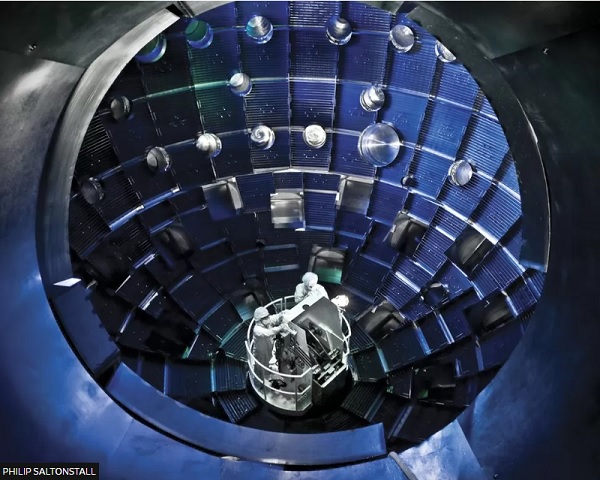
A major breakthrough has been announced by US scientists in the race to recreate nuclear fusion.
Physicists have pursued the technology for decades as it promises a potential source of near-limitless clean energy.
On Tuesday researchers confirmed they have overcome a major barrier - producing more energy from a fusion experiment than was put in.
But experts say there is still some way to go before fusion powers homes.
The experiment took place at the National Ignition Facility at the Lawrence Livermore National Laboratory (LLNL) in California.
LLNL director Dr Kim Budil said: "This is a historic achievement… over the past 60 years thousands of people have contributed to this endeavour and it took real vision to get us here."
Nuclear fusion is described as the "holy grail" of energy production. It is the process that powers the Sun and other stars.
It works by taking pairs of light atoms and forcing them together - this "fusion" releases a lot of energy.
It is the opposite of nuclear fission, where heavy atoms are split apart. Fission is the technology currently used in nuclear power stations, but the process also produces a lot of waste that continues to give out radiation for a long time. It can be dangerous and must be stored safely.
Nuclear fusion produces far more energy, and only small amounts of short-lived radioactive waste. And importantly, the process produces no greenhouse gas emissions and therefore does not contribute to climate change.
But one of the challenges is that forcing and keeping the elements together in fusion requires very high temperatures and pressures. Until now, no experiment has managed to produce more energy than the amount put in to make it work.

